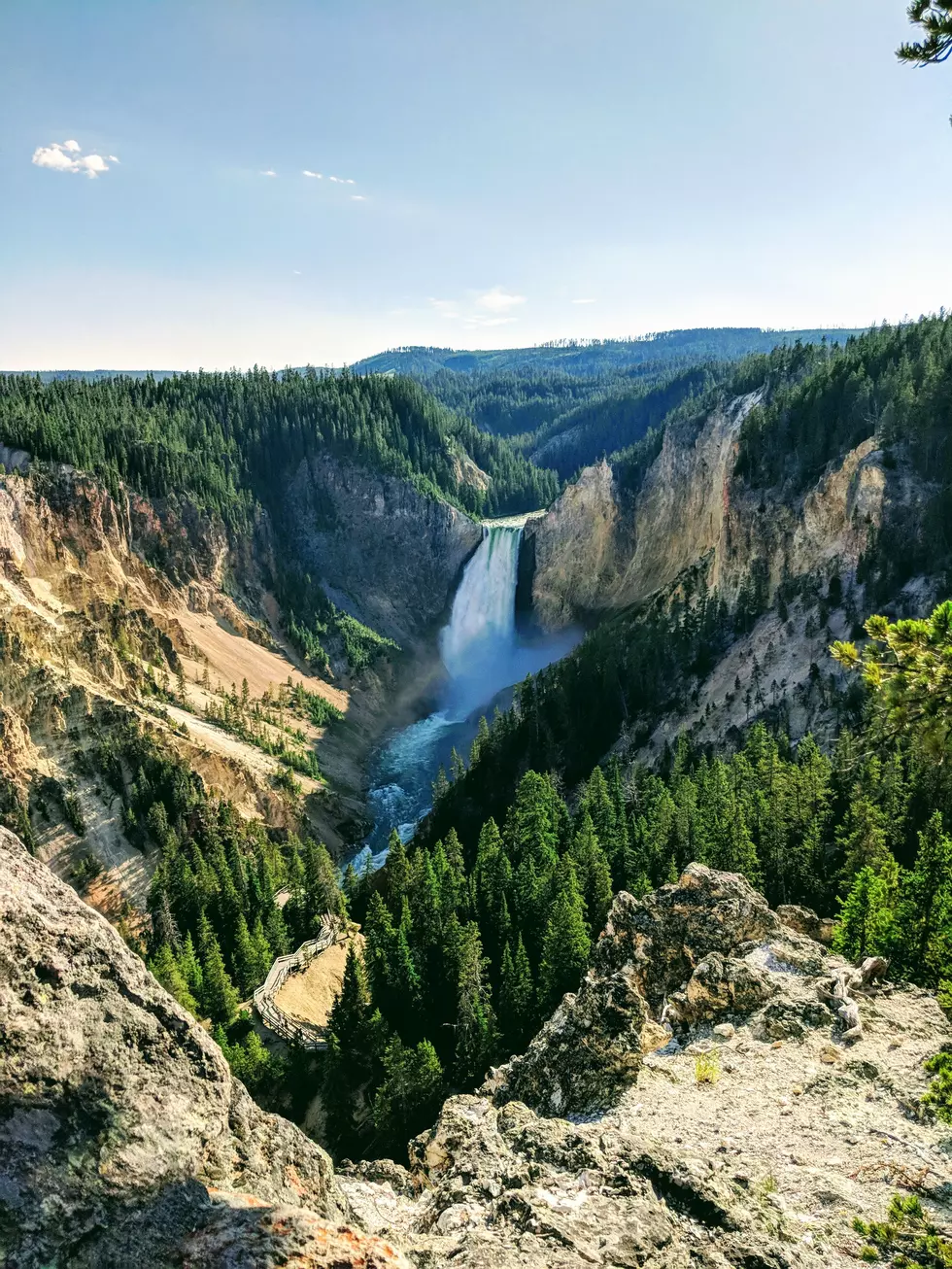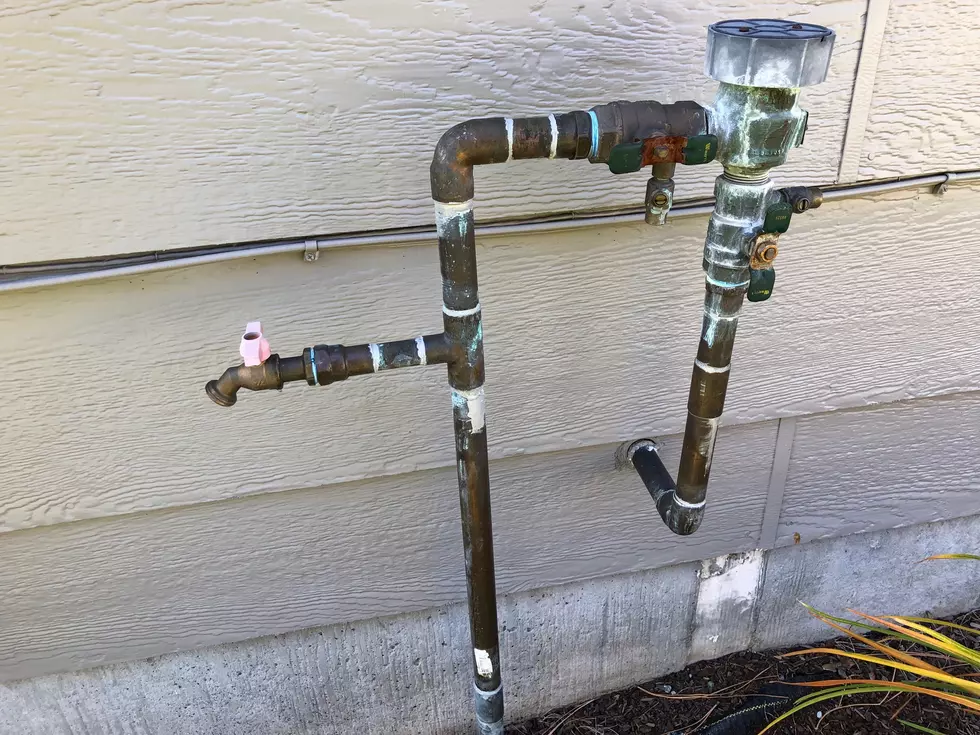EPA Official in Missoula to Test Berm and Toxins at Smurfit Site
The federal on-scene coordinator with the Environmental Protection Agency’s Emergency Response Unit, Marty McComb and one other EPA official are in Missoula to test the berms and the toxins at the former Smurfit-Stone mill site.
It took the combined pressure of the Montana Congressional delegation, the Missoula County Commissioners and city officials to finally bring the EPA to the site threatened by flooding of the Clark Fork River.
McComb began his presentation by stating he was happy to be called to a site before a true disaster had occurred.
“Just by looking at the berms, we don’t see big signs of any big failures going on,” said McComb. “There were some reports of what are called ‘dirty boiling’, that I’ve never heard of before, where the hydraulic pressure is a little bit different between the river and the sediment pond and so it was pushing some of that water up on the boiling points. That was repaired quickly, but you just don’t want those boils to go on because it could increase some of those pathways.”
The EPA crew only plans to spend a few days in Missoula before heading to their next appointment in the Salt Lake City area.
Director of the Missoula City County Health Department, Ellen Leahy emphasized the importance of staying out of flood waters due to the sewage that can cause disease. She also brought up the importance of the tetanus booster available at the health department’s walk-in clinic.
Hydrologist Ray Nickless with the National Weather Service said the Clark Fork will remain in minor flood stage for several more weeks, but the Bitterroot River flooding may be significant, especially in the Lolo area.
Adriane Beck, Director of the Office of Emergency Management, encouraged residents in the area of the Lolo Peak Fire burn scar area to sign up for Smart 9-1-1, so that they can receive immediate updates of possible flash floods and debris slides that may result from the coming thunderstorms.
Hear the entire press briefing in the video above.
More From 96.9 Zoo FM








